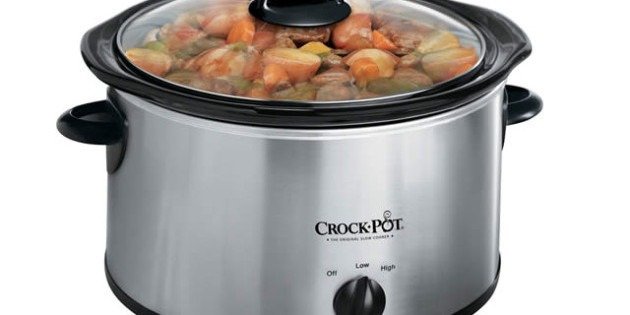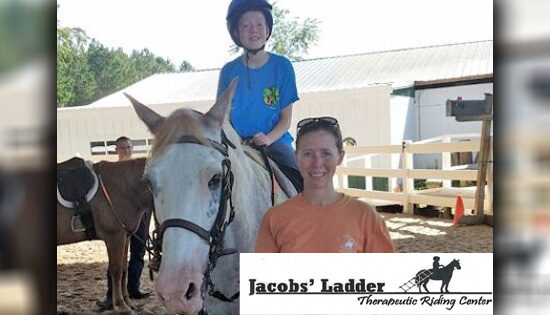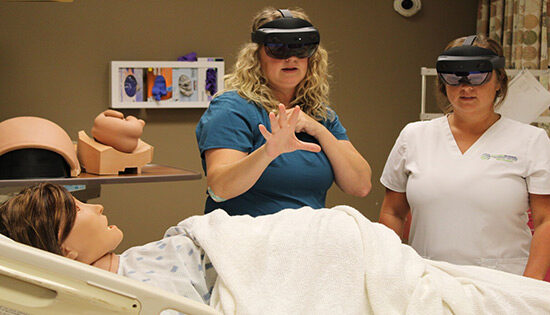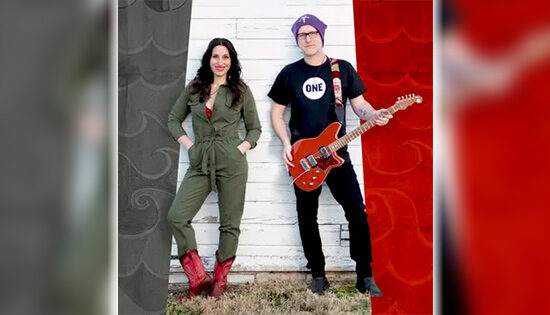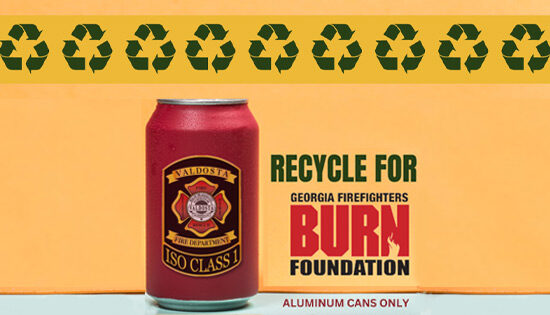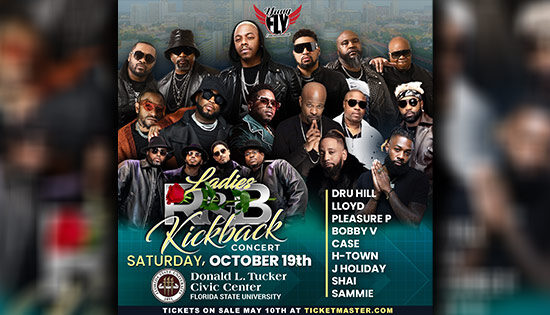Don’t turn your nose up at this indispensable kitchen tool.
Lisa Harp, Valdosta Today Food Contributor
I mentioned a few weeks back that my husband and I had a discussion regarding the use of slow cookers. I found this article in the blog Reluctant Gourmet and I wanted to share it with you.
Some foodie people tend to look down their noses at slow cookers. I’m not one of them, but you could say they had their heyday in the 1970’s. Folks may also think that “real” cooks don’t use these devices.
The same “experts” who sneer at crock pots are the ones who salivate over enameled cast iron Dutch ovens costing hundreds of dollars, but you know what?
A slow cooker can deliver the same results as a very expensive piece of kitchenware all while keeping you from spending hundreds of dollars and having to turn on your oven.
Let’s learn some slow cooker facts.
What is a Slow Cooker?
A slow cooker, or as we know them, a crock pot, is a heavy-sided lidded cooking vessel, usually made of crockery although some are now made of cast iron, that fits down into a metal housing that contains a heating element. This element heats the slow cooker to a specific moderate temperature. The beauty of the crock pot is in the relatively low temperature you can maintain over a period of several hours. Add your ingredients, put on the lid, turn on the slow cooker and walk away. Hours later, your dinner is ready.
What Is a Crock Pot Good For?
Crock pots are made for braising and stewing. Braising is a moist cooking technique that can cook a relatively tough piece of meat in a relatively small amount of liquid. Stewing is basically the same, but the liquid usually covers the meat. Because of the low temperature (usually a simmer, or about 185-200F), the connective tissues that make the meat tough actually melt and are broken down into gelatin. And gelatin is what gives stews and braises their lip-smacking goodness.
A Little Crock Pot History
Crock Pots were introduced in the United States in 1971 by the Rival Corporation. They did not make a huge splash, however, until they changed the design in 1974, making the cooking vessel removable. This was pretty novel, actually, and the idea really caught on with people. You could make a nice stew for dinner and then take the pot out of the housing and bring it right to the table, or to the covered dish supper at church, for example. It also made clean up that much easier.
How Did Crock Pots Get Such a Bad Reputation?
Back when slow cookers were at their most popular, people were hired to write recipes specifically for slow cookers. I’m sure we’re all familiar with those little recipe books that come with some appliances, such as toaster ovens, blenders, stand mixers, etc.
Since the convenience factor was really the primary focus of the marketing, many recipes were developed using “convenience” or processed foods: dry soup mix, condensed soups and other pre-packaged, overly-processed ingredients were heavily represented in slow cooker recipes. Bleck! Unfortunately, when people began stop using these convenience foods in favor of more natural ingredients, the slow cooker got tossed out, too. The fact remains, however, that slow cookers excel at braising and stewing.
Using quality ingredients, busy home cooks can provide their families with quality meals. So pull that big, ol’ thing back out and give it a try.
How Much Do Slow Cookers Cost?
Slow cookers are one of the most reasonably priced small kitchen electrics available, especially considering how versatile they are. Prices range from a low of about $15 for small models to about $100 for a top-of-the-line programmable model. For a fully functional and practical middle-of-the-road model, expect to pay between $30 and $50. Keep in mind that these units usually hold fewer than three quarts per crock and that the cooker will take up more space, either on the countertop or in a cabinet. If one of these models meets your needs and you have room for it, expect to pay between $50 and $100.
What to Look for in a Slow Cooker
Look for a slow cooker that has a large capacity. Remember, slow cookers excel at braising, and braises always taste better as leftovers. Crock Pots come as small as 1 quart, and these are ideal for serving hot dips at parties, but for cooking meals, look for one that holds at least 4 quarts. These days, there are even slow cookers that have interchangeable crocks.
Depending on how much you need to cook, you can change out 2-quart, 4-quart and 6-quart crocks.
Back in the early days of crock pots, most had three settings: High, Low and Off. These days, many models are programmable and can be set to delay cooking or to any one of a number of temperature settings, including a “keep warm” setting that does just that, holding food at about 150F.
Look for a model that has a lid rest and/or a spoon rest. This doesn’t seem like a necessary feature, until you’ve smeared braising liquid all over your counter when you take the lid off to taste your masterpiece or put down your tasting spoon!
Handles
Newer models also have stay-cool handles, which are perfect for when you have to transport your food. Many also have locking or clamping lids to keep the lids firmly in place when traveling.
If you would like to make a complete crock pot meal– maybe chili and some baked beans or short ribs and collard greens, some models are designed to accept either two or three crocks simultaneously. Traditional braises begin with a browning step. Searing the meat to brown it and develop flavors is usually the first step in braising.
With early slow cooker models, this step was impossible without dirtying another pan. Nowadays, you can find models with cast iron or cast aluminum crocks as opposed to stoneware. With these inserts, you can easily brown your meat on the stove top first and then transfer the crock to the slow cooker, add the rest of your ingredients, set the temperature and then walk away.
With long, slow cooking, many wonderful flavors can develop and blend, so it is not always critical to brown your protein before braising. But, if you would like to truly be able to replicate that amazing coq au vin or beef Bourguignon that you love, purchase a model that can also be used on the stove top: one with a cast aluminum or cast iron insert.
Another nice feature to look for isn’t a part of the slow cooker at all but rather an accessory. Many companies manufacture insulated totes to fit various slow cooker models. These are very nice to have as you can put the entire crock pot–metal housing, crock and all–to another location and then plug it back in when you get there, all while keeping your food nice and hot in the insulated tote.
So there you go! You know have the knowledge to fully utilize this very “sophisticated” kitchen tool to its fullest extent.
 Lisa Harp owns Plat du Jour Gourmet Delivery, delivering delicious meals to businesses and individuals all over South Georgia and North Florida since 2003. She has been featured in Southern Living magazine, including the Best of the Year recipes and cookbook, as well as online and newspapers. You can learn more about her business by visiting her website at www.yourplatdujour.com.
Lisa Harp owns Plat du Jour Gourmet Delivery, delivering delicious meals to businesses and individuals all over South Georgia and North Florida since 2003. She has been featured in Southern Living magazine, including the Best of the Year recipes and cookbook, as well as online and newspapers. You can learn more about her business by visiting her website at www.yourplatdujour.com.

